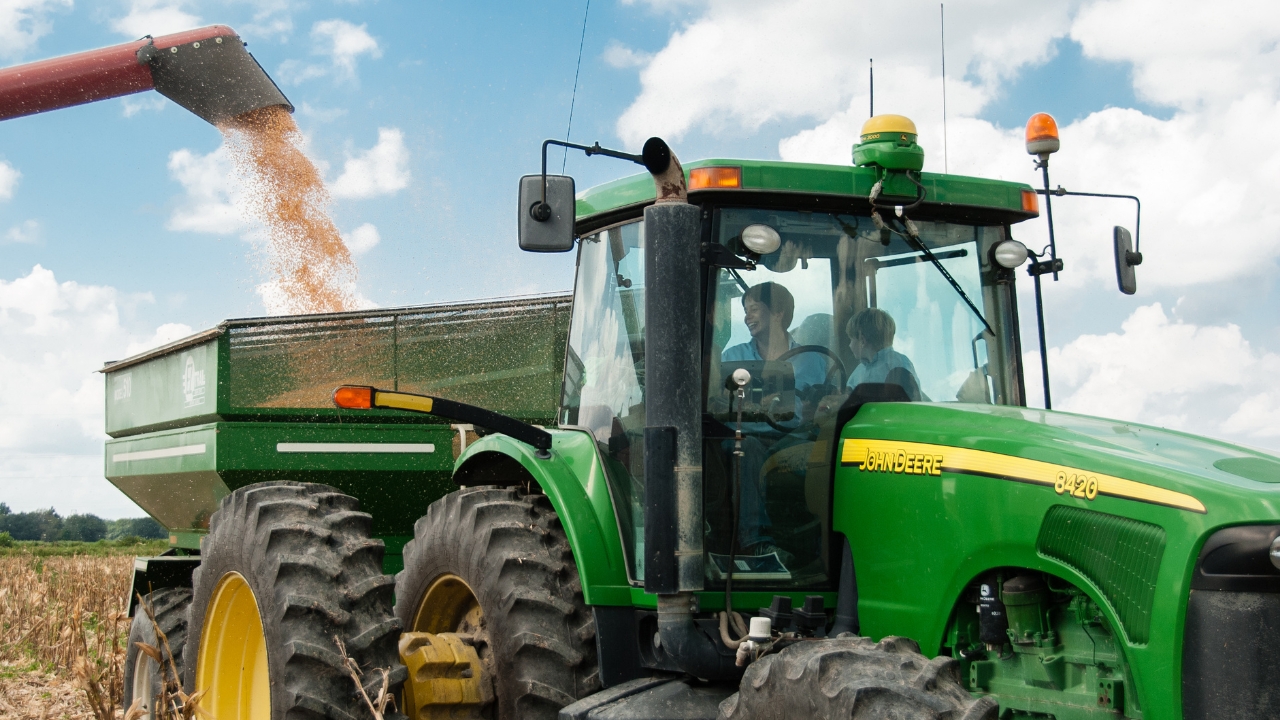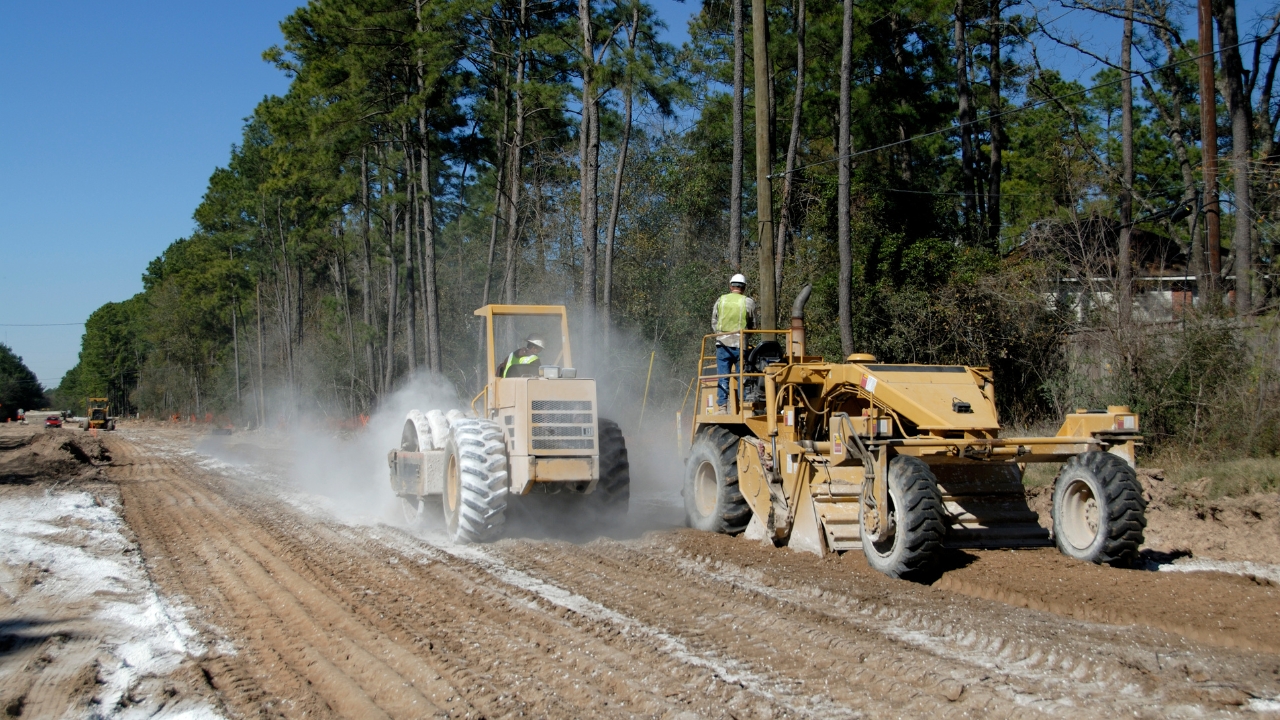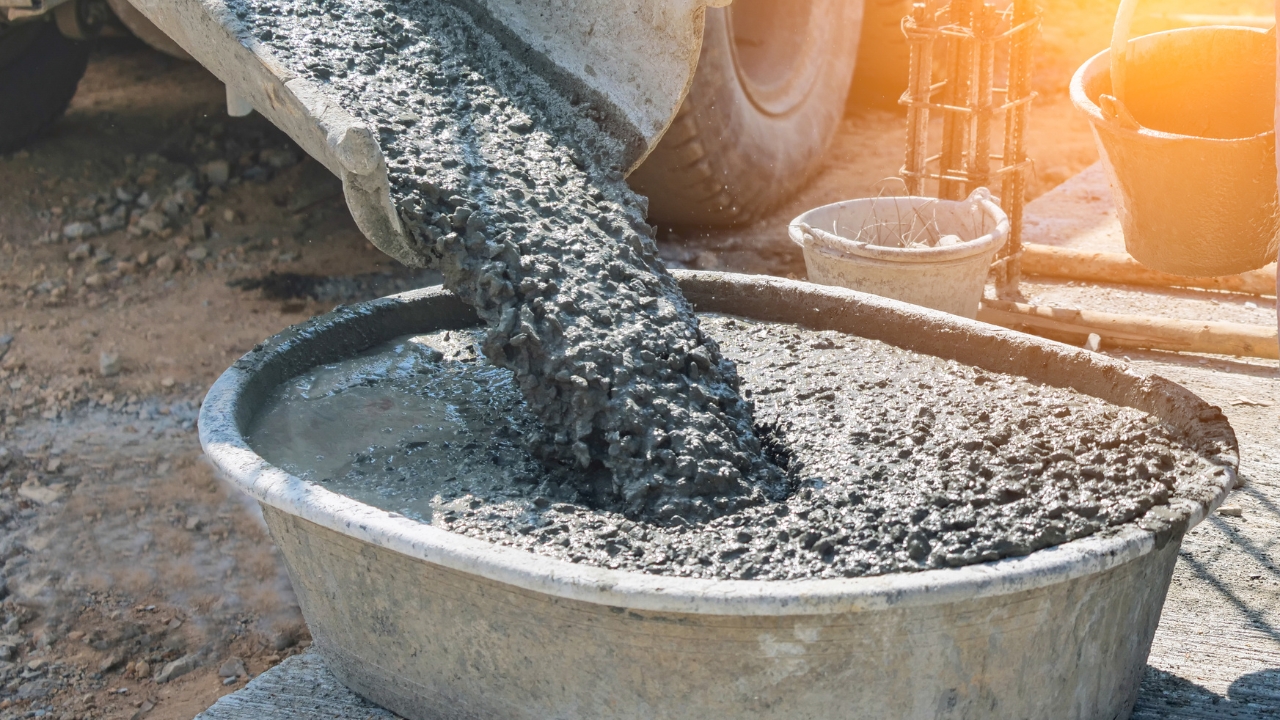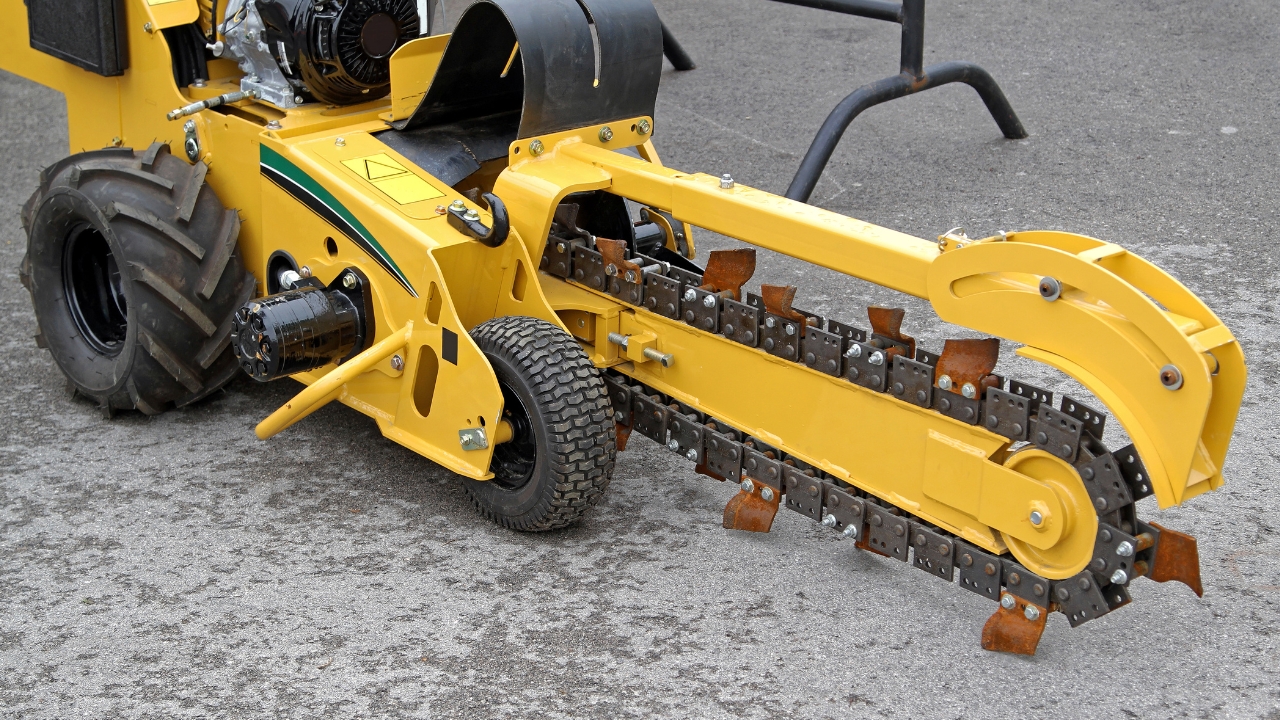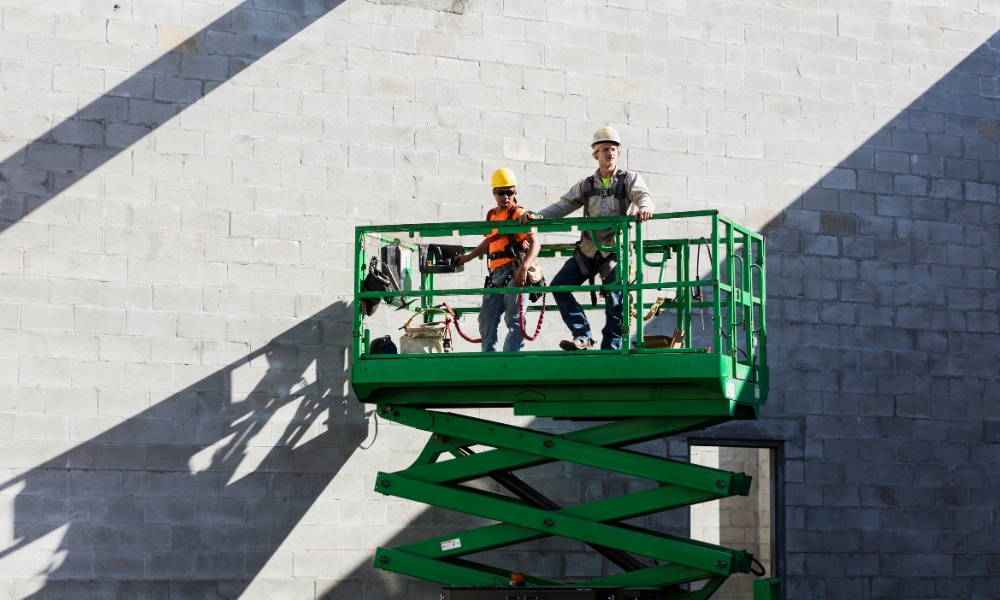An excavator is the most common and important heavy machinery used on site. Used to clear large quantities of dirt and gravel, an excavator allows workers to clear a site quickly and efficiently. It also provides superior digging power and mobility, allowing the excavator to be used to dig trenches and break holes. There are many types of excavators used in the construction industry, smaller machines handle digging and drilling functions, while larger excavators have different tools for heavy-duty projects. Below are the different types of excavators used in the construction industry.
Crawler excavators
Crawlers run on two large endless tracks and are optimal for mining and heavy-duty construction jobs. These excavators use hydraulic power mechanisms to lift heavy debris and soil. While slower than other excavators, crawlers provide greater balance, flexibility and stability overall.
Wheeled excavators
Replacing tracks with wheels, wheeled excavators are faster and easier to manoeuvre on concrete, asphalt and other flat surfaces while still offering the same power capabilities. Because wheels offer less stability on uneven ground than tracks, wheeled excavators are commonly used for roadwork and urban projects.
Dragline excavators
The dragline excavators utilise a hoist rope system that attaches to a bucket via a hoist coupler. The other side of the bucket is affixed to a dragline that runs from the bucket to the cab. Dragline excavators are commonly used in large-scale engineering projects like mining, underwater excavating or canal dreading.
Suction excavators
Suction excavators feature a suction pipe capable of providing up to 400 horsepower, used to jet wash the loose ground. A suction excavator is ideal for delicate underground applications, reducing the chance of damage during delicate jobs. Narrow suction pipes however are impractical for large-scale applications.
Skid Steer Excavators
Skid steers have brooms and buckets that face away from the driver. This orientation allows the attachments to reach over the cab instead of around it, making it useful in narrow areas. They are often used for digging pools, site cleaning, residential work and debris removal, however, they could perform better on slippery surfaces.
Long Reach Excavators
Long-reach excavators are used on hard-to-reach locations, sporting lengthier arm and boom sections. Long-reach excavators are mainly used in demolition jobs, used to move large aunties of debris or help tear down a structural beam safely.
Mini excavator
A smaller and lighter version of the standard excavator is capable of minimizing ground damage and being able to fit in narrow areas. Mini excavators typically incorporate reduced tail-swing or zero tail-swing to manoeuvre tighter turns and avoid contact with any obstacles.
If you think construction is the career for you then contact Construction and Plant Training Service at 01234 604151 or 0777 18 12 418. We have many courses available for the career path you wish to take.




